The Intense Training of Optometrists: Beyond Glasses and Contacts
The Journey to Becoming an Optometrist
Optometry is a vital healthcare profession dedicated to the examination, diagnosis, treatment, and management of diseases and disorders of the visual system. Becoming an optometrist requires extensive education and training, ensuring practitioners are highly skilled and knowledgeable. Here's an in-depth look at the rigorous journey to earning a Doctorate in Optometry (OD) and the key areas of training involved.Educational Pathway
To become an optometrist, one must undertake a significant educational journey:
Undergraduate Education: Aspiring optometrists typically begin with a four-year undergraduate degree, often in a science-related field such as biology or chemistry. This foundation is crucial for understanding the advanced concepts encountered in optometry school.
Optometry School: Following undergraduate studies, students enter a four-year Doctorate of Optometry program. This comprehensive curriculum covers various aspects of eye care and visual health, combining classroom instruction with clinical experience.
Certification and Licensure
After completing an OD program, graduates must pass the following:
National Board of Examiners in Optometry (NBEO): This exam is divided into three parts, assessing clinical knowledge, patient care, and clinical skills.
State Licensure: Each state in the U.S. requires optometrists to obtain a license to practice. This typically involves passing additional exams and meeting continuing education requirements.
Continuing Education and Specializations
Optometrists must engage in lifelong learning to stay updated with the latest advancements in eye care. Continuing education ensures they remain competent in their field and can provide the highest standard of care to their patients. Additionally, optometrists may pursue specializations through residency programs, which provide advanced training in areas such as pediatric optometry, geriatric optometry, and ocular disease.
Core Areas of Training
Anatomy and Physiology of the Eye
Structure of the Eye: Detailed study of the cornea, lens, retina, and optic nerve.
Physiological Processes: Understanding how the eye enables vision.
Visual System and Optics
Visual System: How light is refracted by the cornea and lens.
Optics and Visual Perception: Principles of optics and how we perceive visual information.
Ocular Diseases and Disorders
Diagnosis and Management: Handling diseases like glaucoma, cataracts, macular degeneration, and diabetic retinopathy.
Systemic Diseases: Understanding how diseases like diabetes affect eye health.
Clinical Skills and Patient Care
Comprehensive Eye Exams: Conducting detailed examinations.
Corrective Lenses: Prescribing glasses and contact lenses.
Diagnostic Equipment: Using tools like slit lamps, ophthalmoscopes, and tonometers.
Pharmacology
Medications for Eye Conditions: Prescribing and managing medications.
Drug Interactions and Side Effects: Ensuring safe and effective treatment.
Binocular Vision and Eye Movement Disorders
Diagnosing and Treating Conditions: Handling issues like strabismus and amblyopia.
Eye Coordination and Focus: Managing problems with how the eyes work together.
Pediatric Optometry
Children’s Eye Care: Addressing developmental vision issues.
Common Conditions: Managing lazy eye (amblyopia) and crossed eyes (strabismus).
Geriatric Optometry
Elderly Eye Care: Focusing on age-related conditions like presbyopia and cataracts.
Contact Lenses
Fitting and Management: Handling specialty lenses for conditions like keratoconus.
Types of Lenses: Understanding different materials and lens types.
Low Vision Rehabilitation
Vision Impairment: Helping patients with significant vision loss.
Maximizing Remaining Vision: Using devices and strategies to improve vision quality.
Public Health and Preventive Care
Community Health: The role of optometry in public health.
Patient Education: Teaching patients about eye care and prevention.
Specializations and Advanced Training
Sports Vision
Visual Performance for Athletes: Enhancing skills critical for sports.
Techniques and Tools: Improving hand-eye coordination and reaction times.
Neuro-Optometry
Neurological Conditions: Managing visual problems related to brain injuries and diseases.
Patient Rehabilitation: Working with stroke survivors and those with neurodegenerative diseases.
Behavioral Optometry
Vision and Behavior: How vision affects learning and behavior.
Vision Therapy: Correcting visual problems impacting performance.
Hands-On Clinical Experience
Internships and Residencies
Real-World Training: Gaining practical experience in clinics and hospitals.
Patient Interaction
Direct Patient Care: Applying knowledge and skills under supervision.
The Importance of Continuing Education
To maintain their expertise, optometrists must engage in ongoing education throughout their careers. This commitment ensures they remain at the forefront of eye care, providing patients with the best possible treatment and care.
Conclusion
The extensive education and training required to become an optometrist equip these professionals with the skills and knowledge needed to provide high-quality eye care. From understanding the intricacies of the eye to diagnosing and managing a wide range of conditions, optometrists play a crucial role in maintaining and improving our visual health. Through continued education and specialization, they remain at the cutting edge of their field, ensuring optimal care for their patients.
